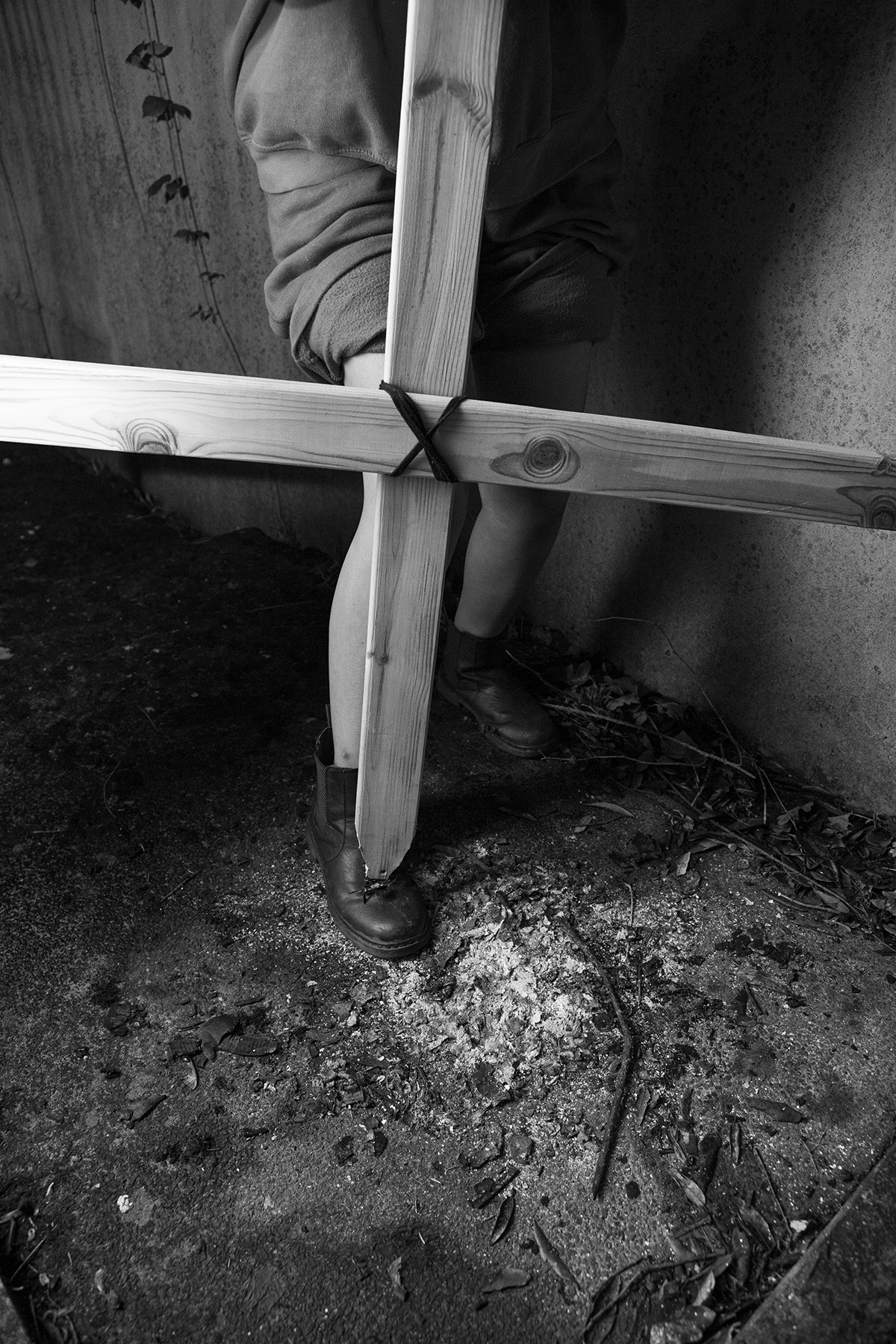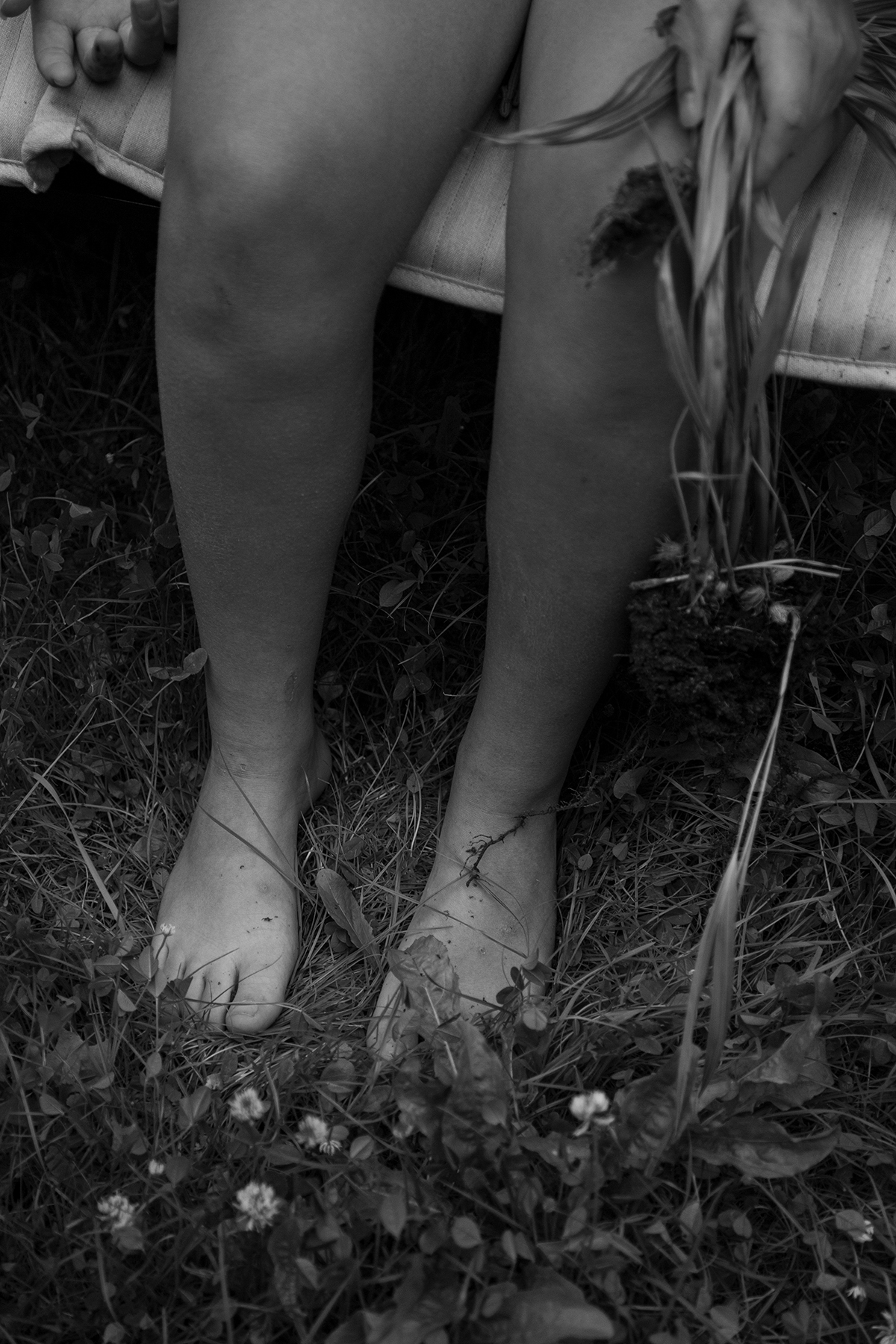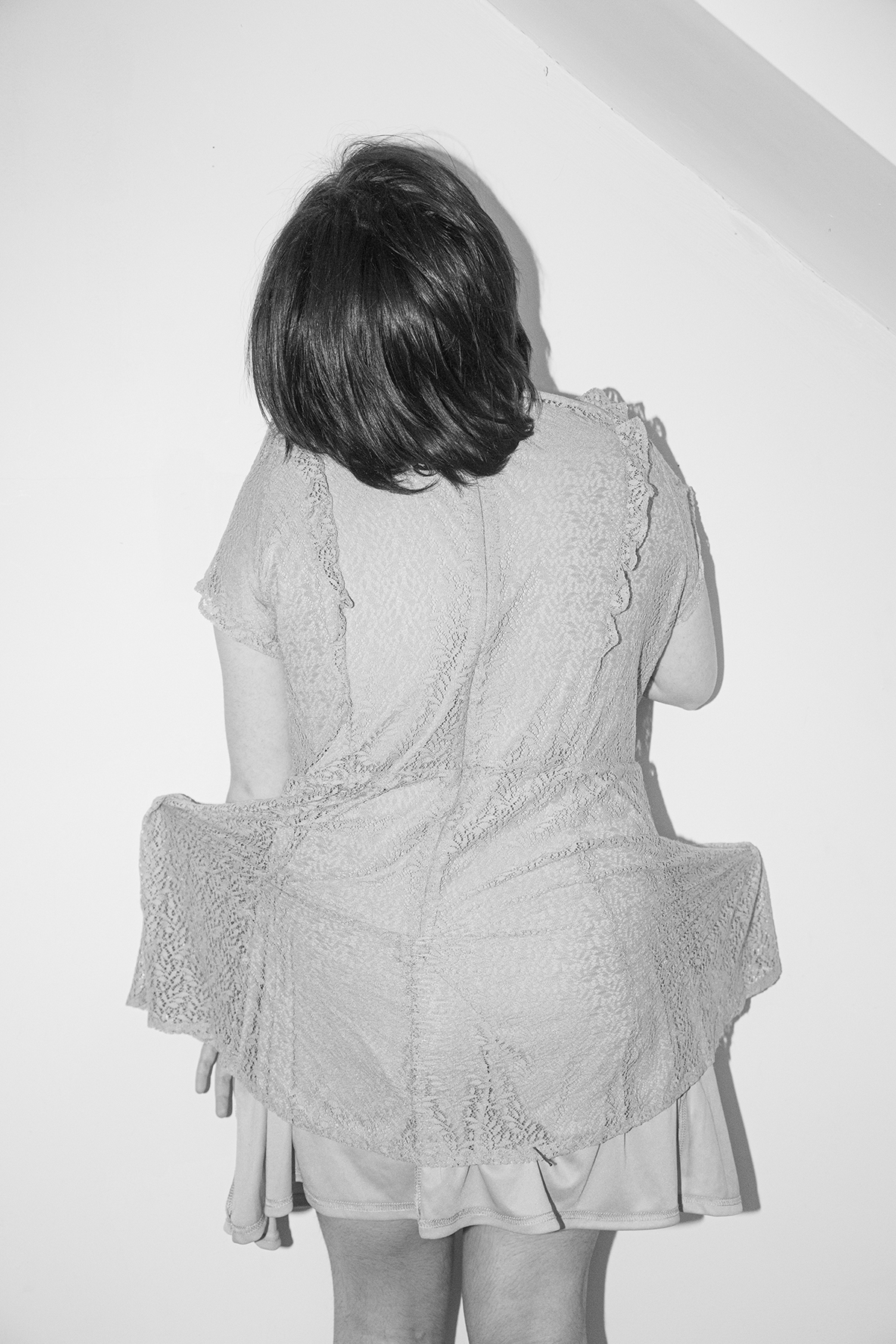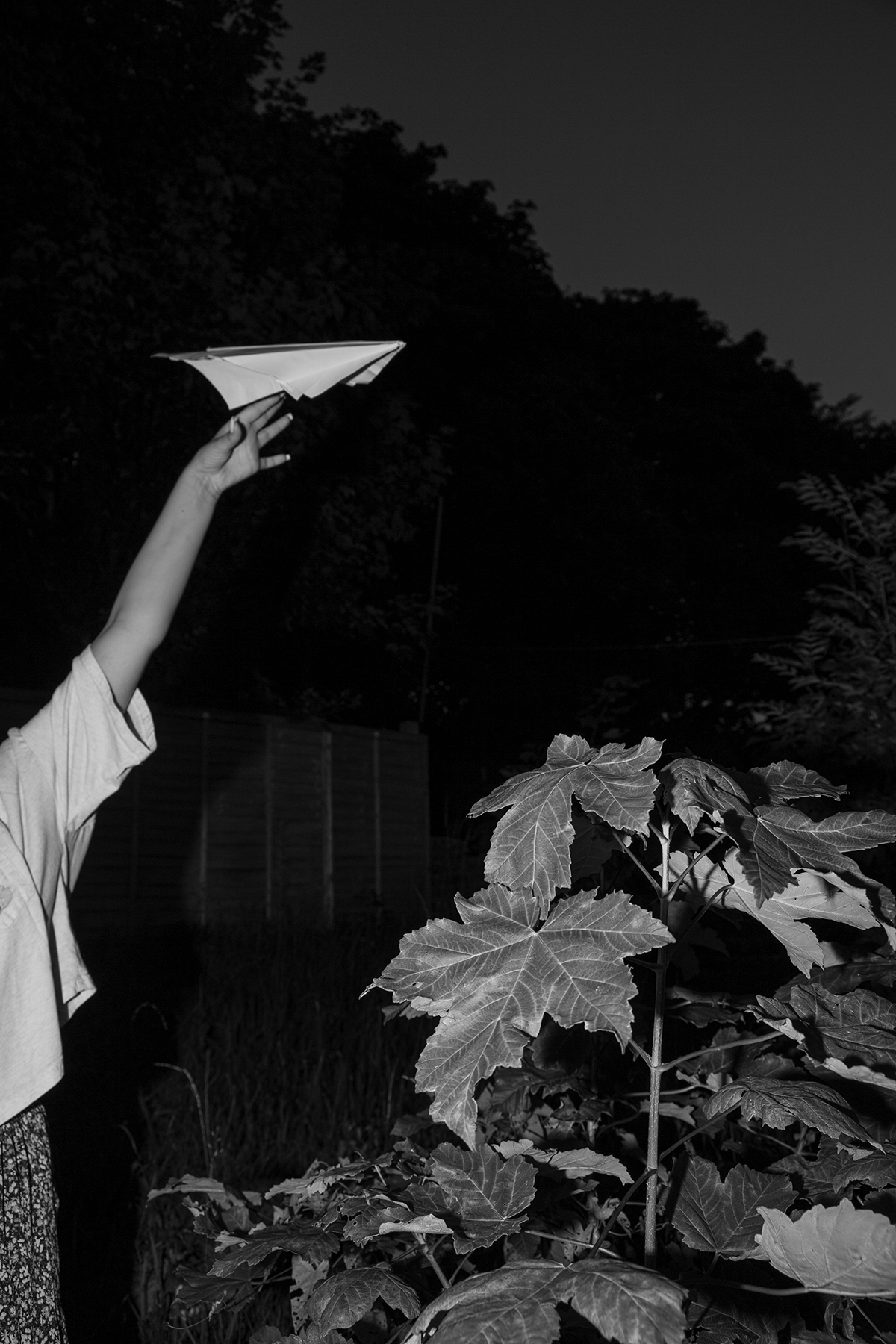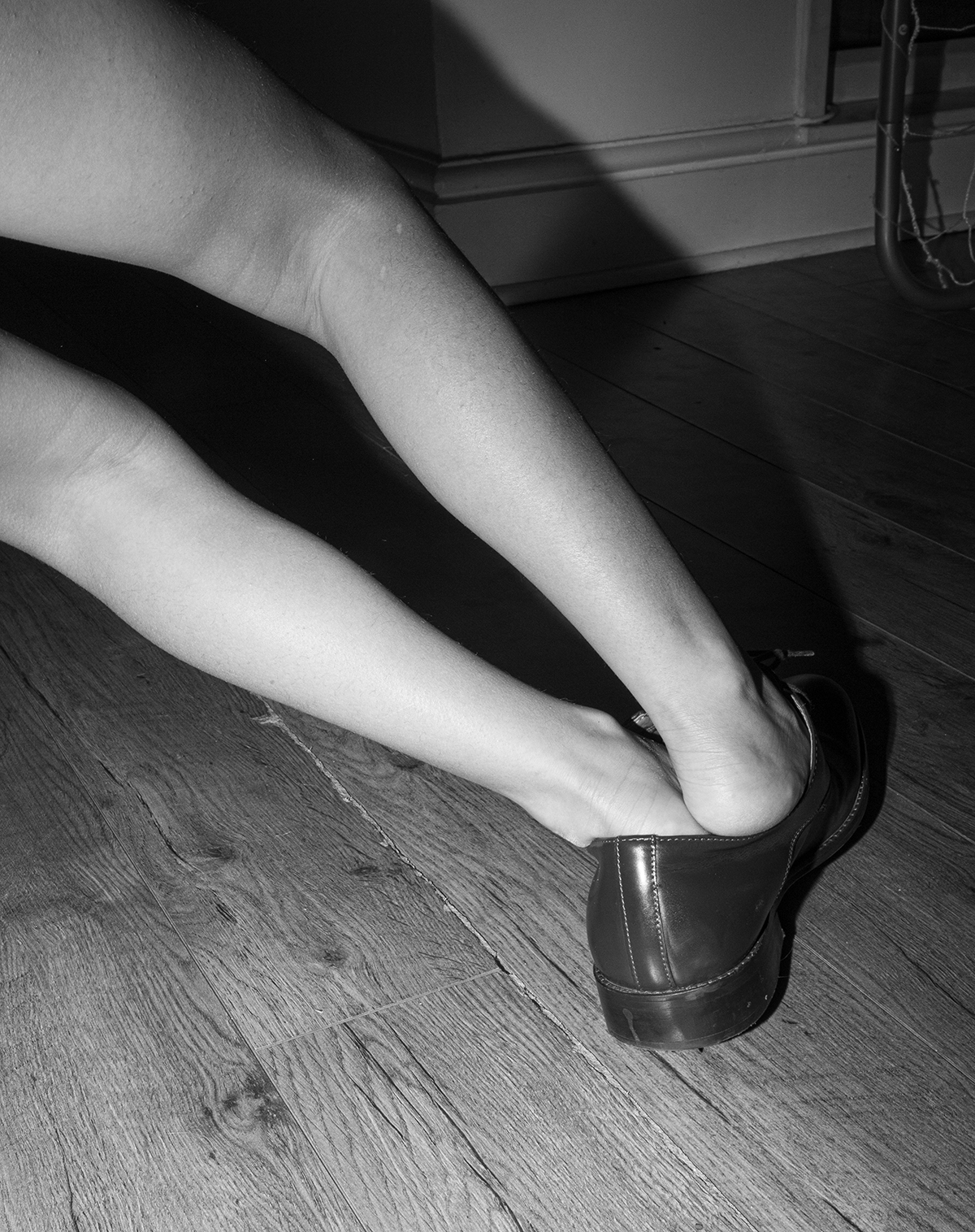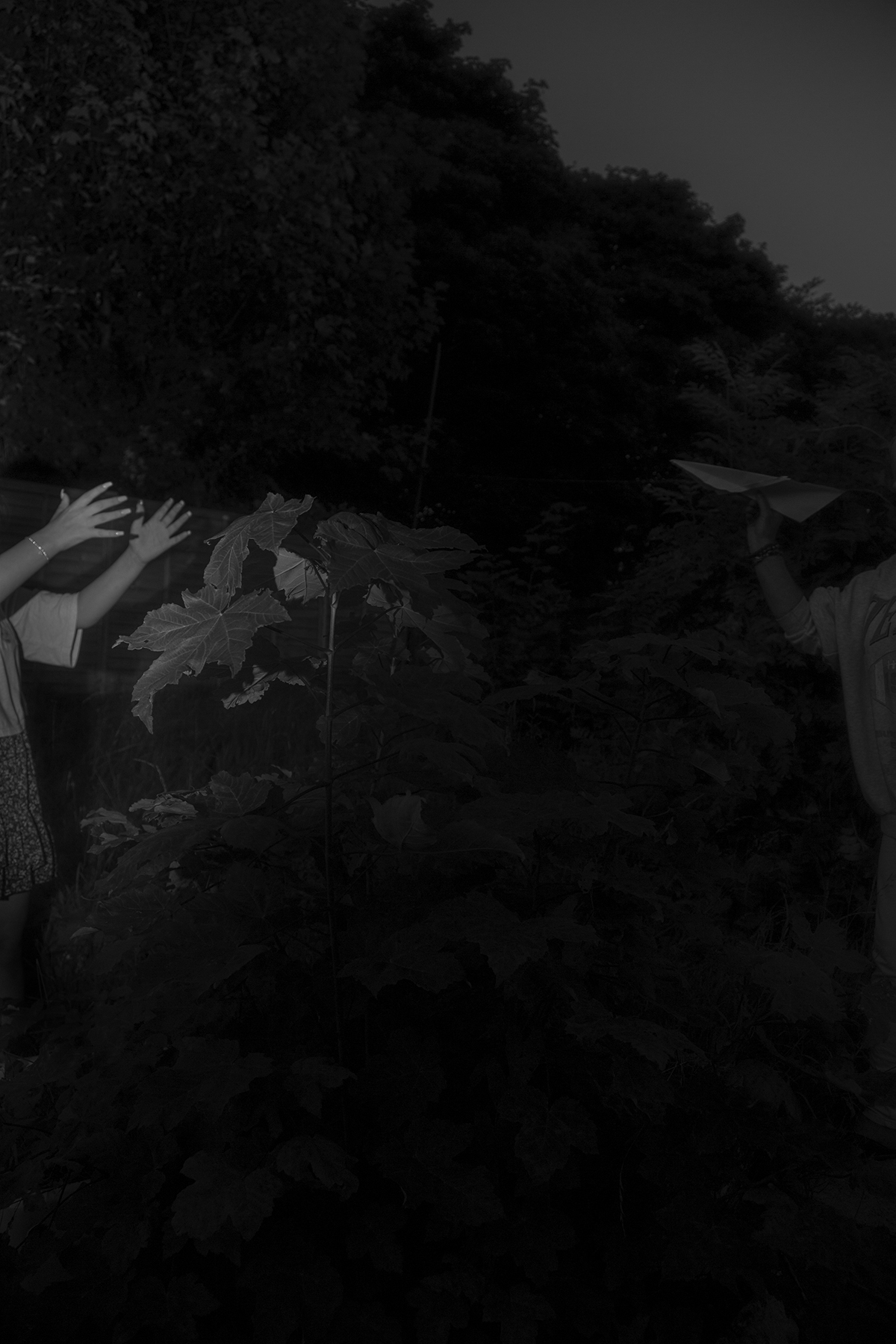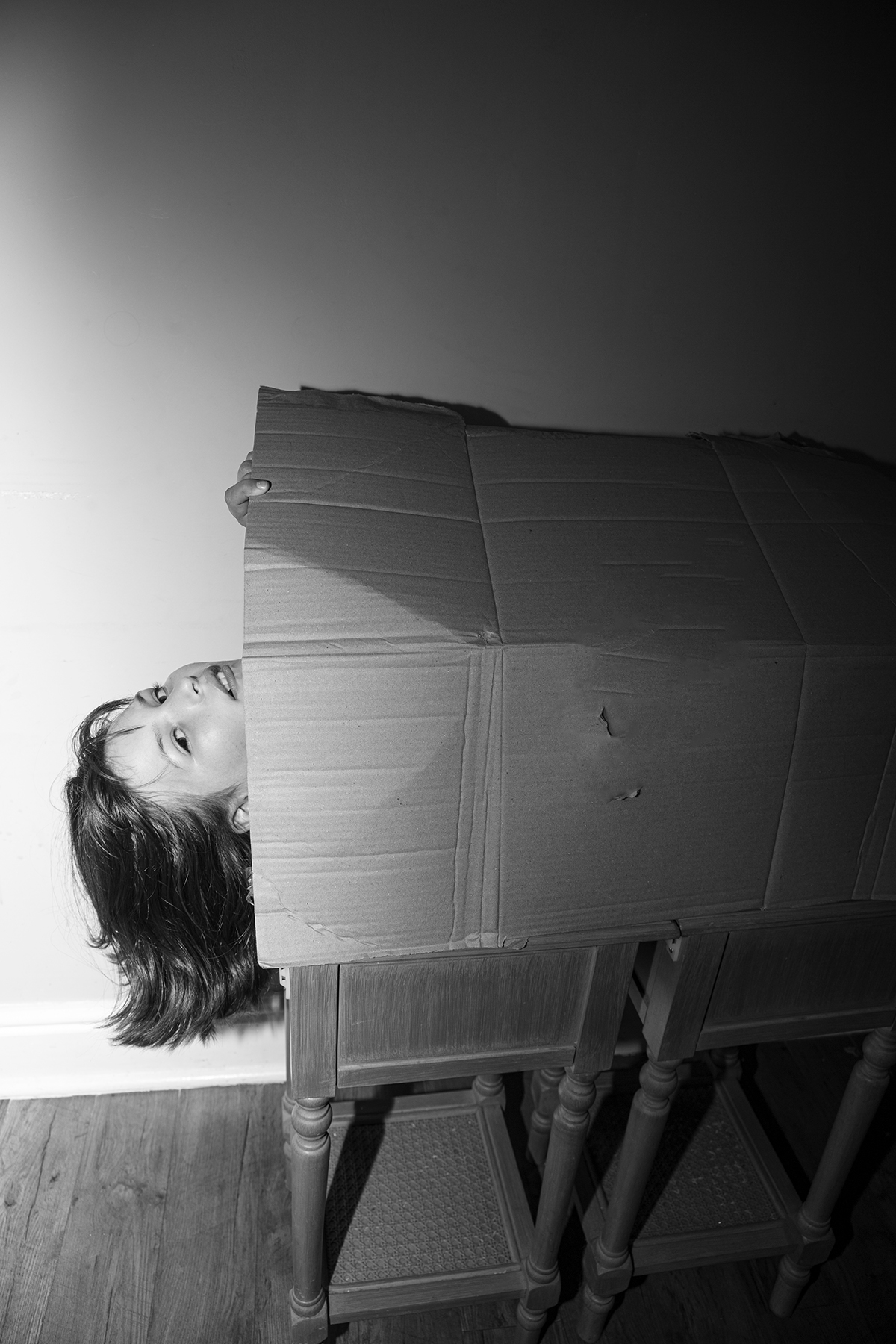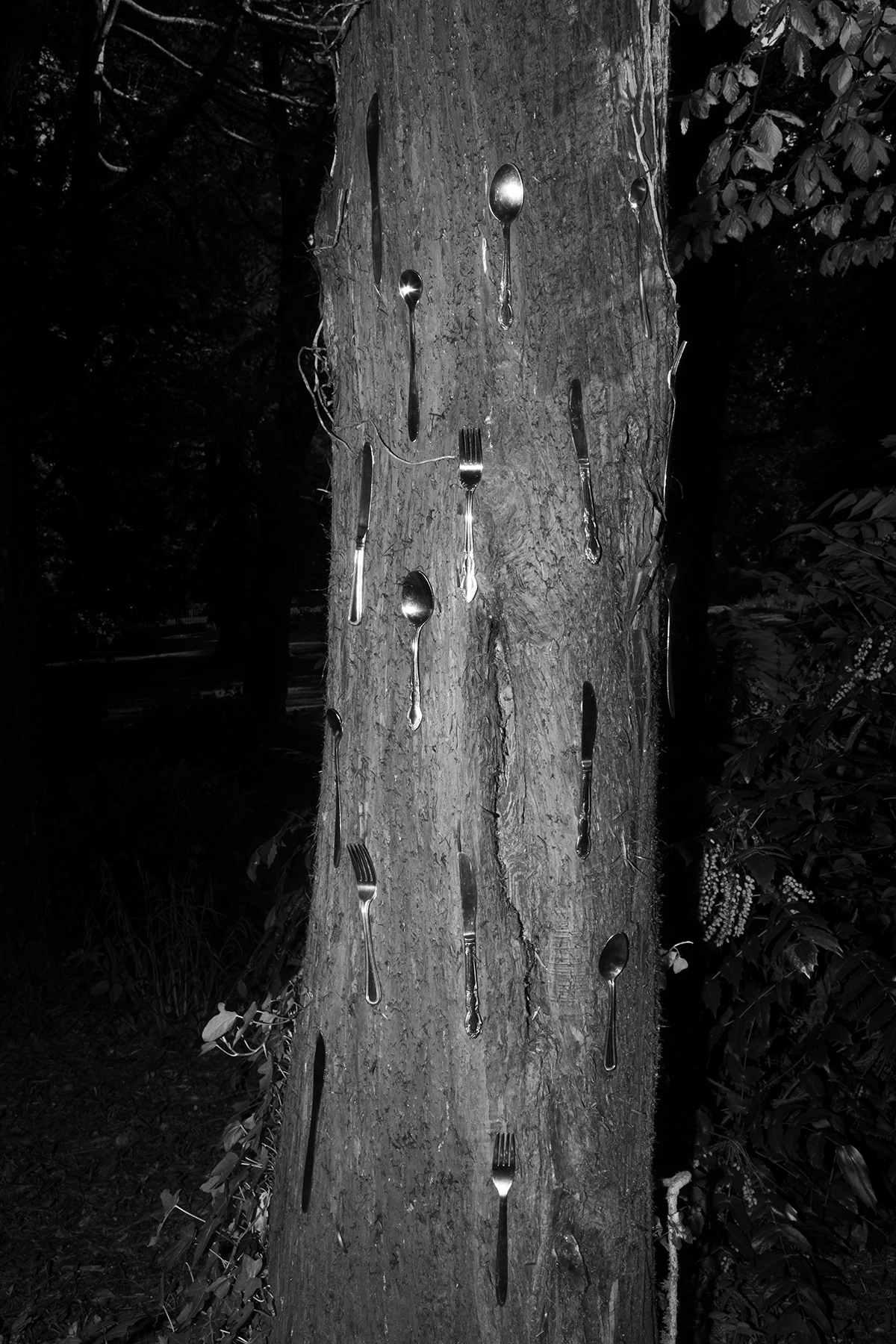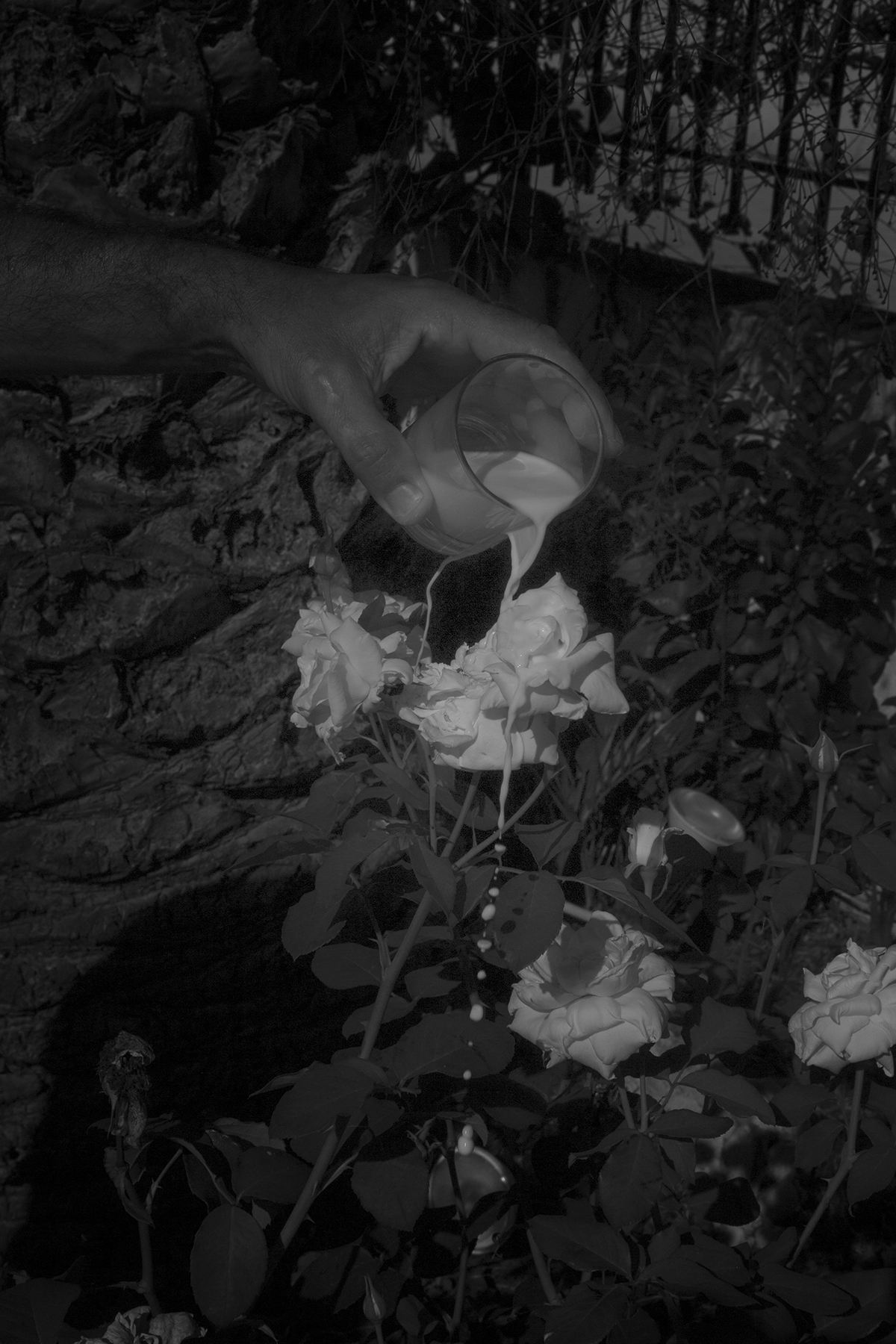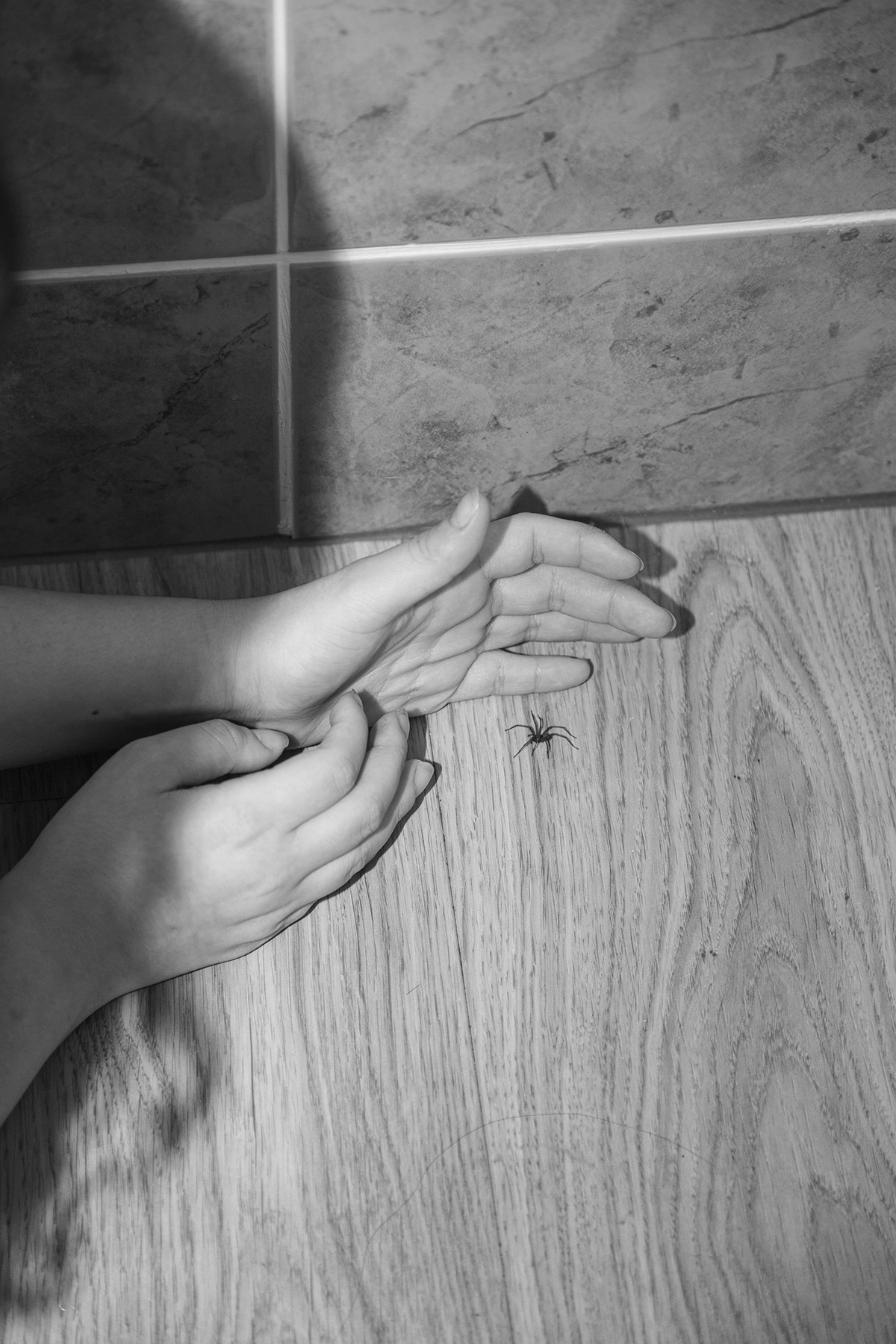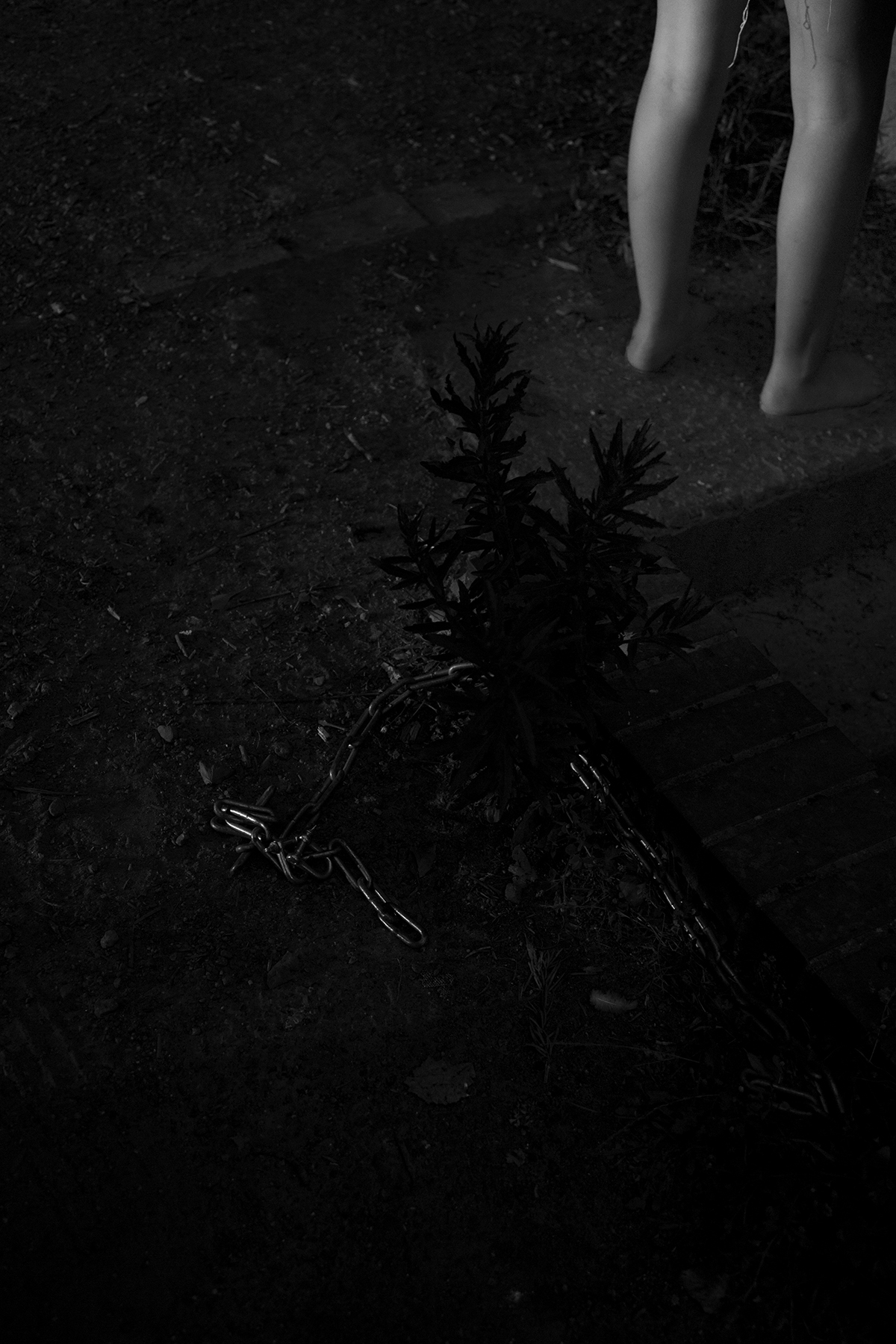All images © Ada Marino
In New Moons, Italian artist Ada Marino channels her grandmother’s strength in a captivating vision of the future
In the introduction to her 2005 book On Female Body Experience, the theorist Iris Marion Young asks: “How do girls and women constitute their experienced world through their movement and orientation in places? What are some of the feelings of ambivalence, pleasure, power, shame, objectification, and solidarity that women have about bodies, their shape, flows, and capacities?” In the following chapters, Young explores what it is to exist in a woman’s body, to navigate the restricted spaces assigned to women by patriarchal societies.
Young’s queries hold great significance for Ada Marino, whose project New Moons tackles similar themes with an equal sense of purpose. The work simultaneously laments the restrictive nature of gender norms and abortion laws while acting as a call for their end. It is filled with narratives of resistance and perseverance that, for Marino, are born from highly personal experiences.
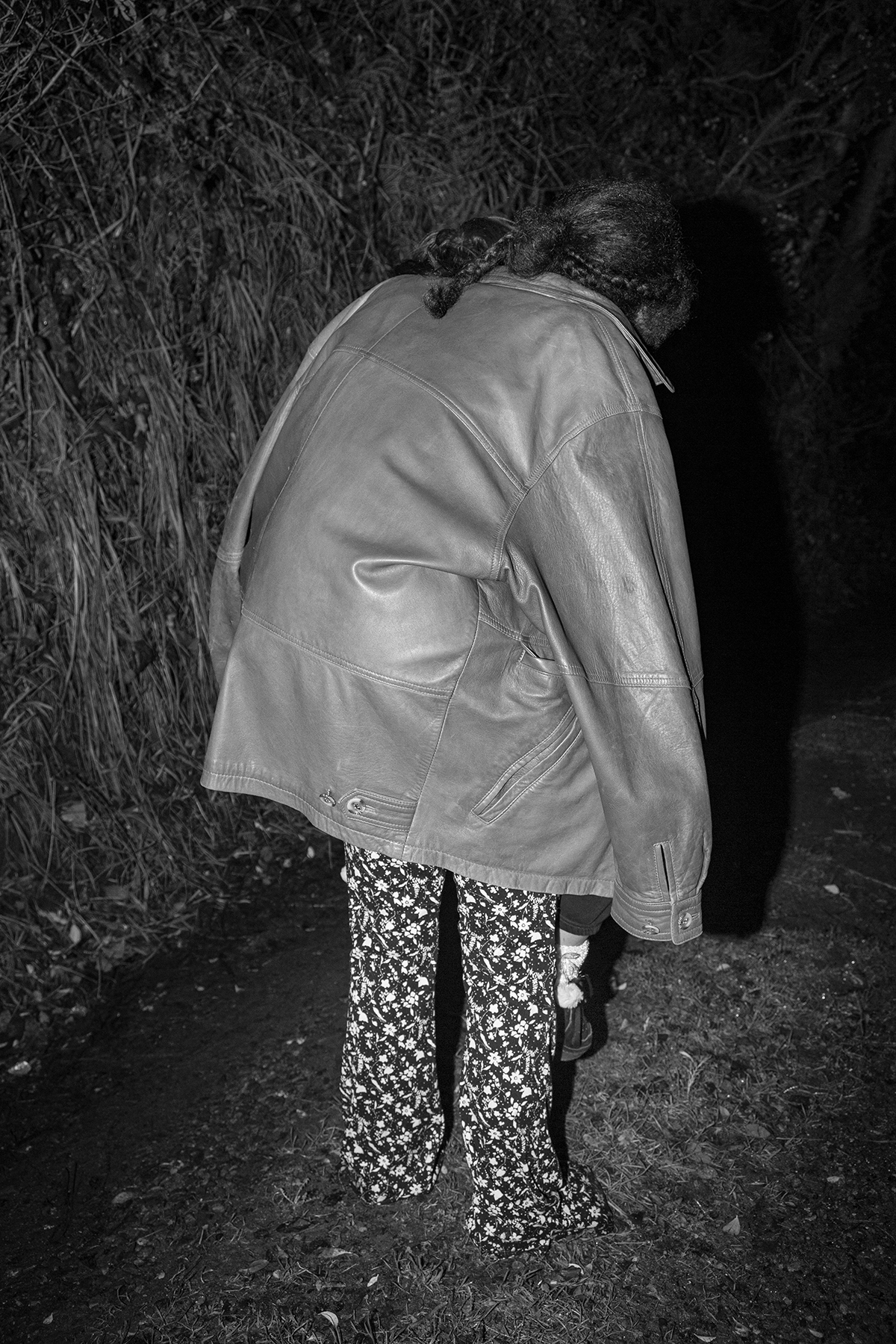
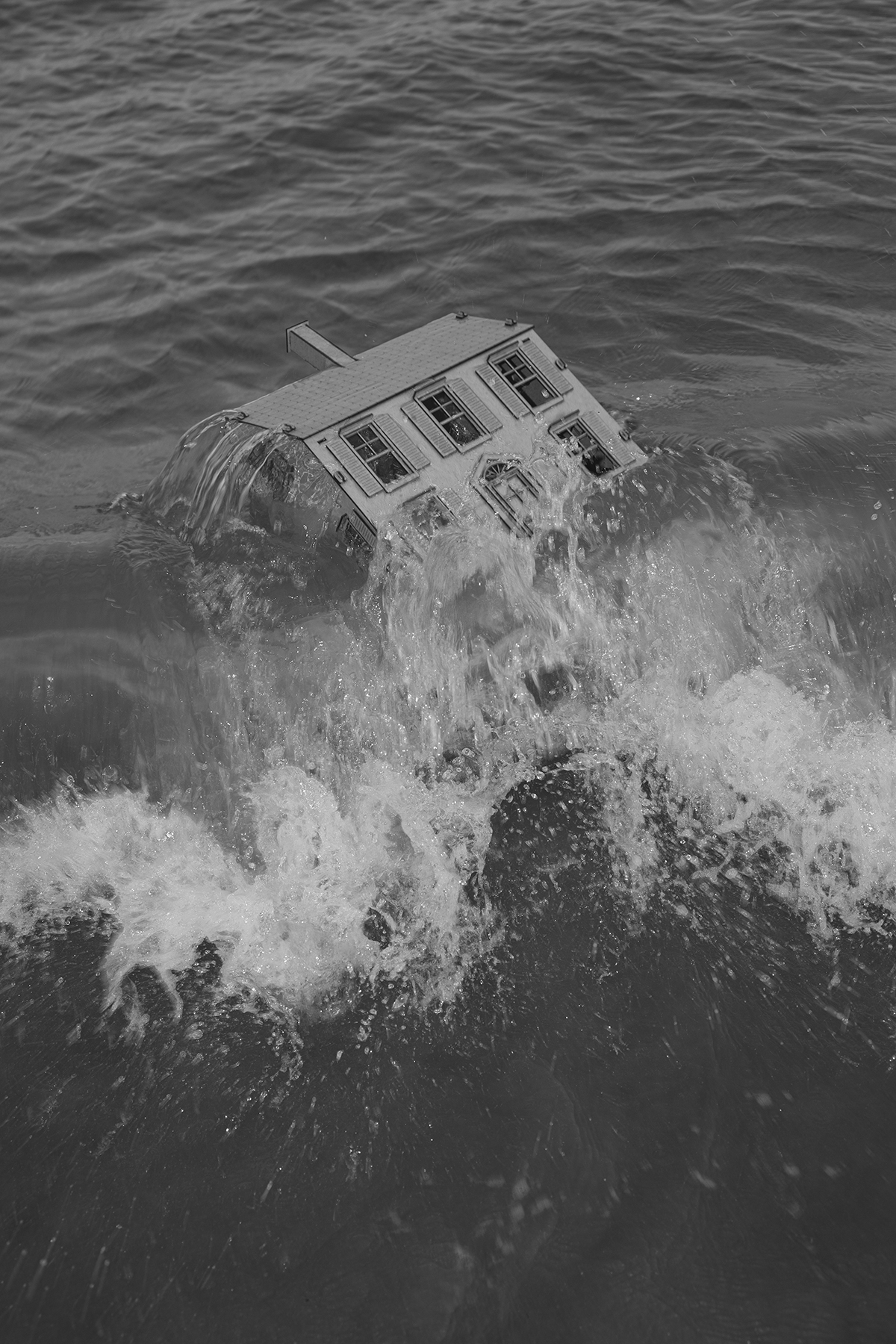
“My work is strongly influenced by the experiences of my grandmother, who was physically and verbally abused, which consequently had repercussions on my entire family,” the photographer explains. “My artistic formation is deeply rooted in my southern Italian culture and family experiences, mirroring the patriarchal domination that has surrounded me since childhood.” Marino’s goal is to use this lived experience to create connections, building bridges between her own struggles and those of women the world over.
She began this work with 2022’s Paterfamilias, an autobiographical project that delved into the story of her grandmother, who “was beaten and denigrated by an authoritarian husband,” she describes. Marino says the project represents her “daunting past”, and the visual investigation explores the oppression of women in the domestic sphere, including the sense of conflict and oppression created by unsafe shelter. Her latest series offers a natural progression in theme, moving from her past to her aspirations for the future, and adopting a more chilling photographic approach. New Moons conjures a stronger sense of the supernatural than the previous work, including images that are eerie, almost ghostly, and weaving moments of girlhood with religious iconography to create a visual language akin to a Hollywood exorcism. These qualities are not incidental. Marino’s images represent different and fluctuating emotional states, she says, echoing writer Betty Friedan’s “problem that has no name” – the elusive, invisible and intangible feminine mystique.
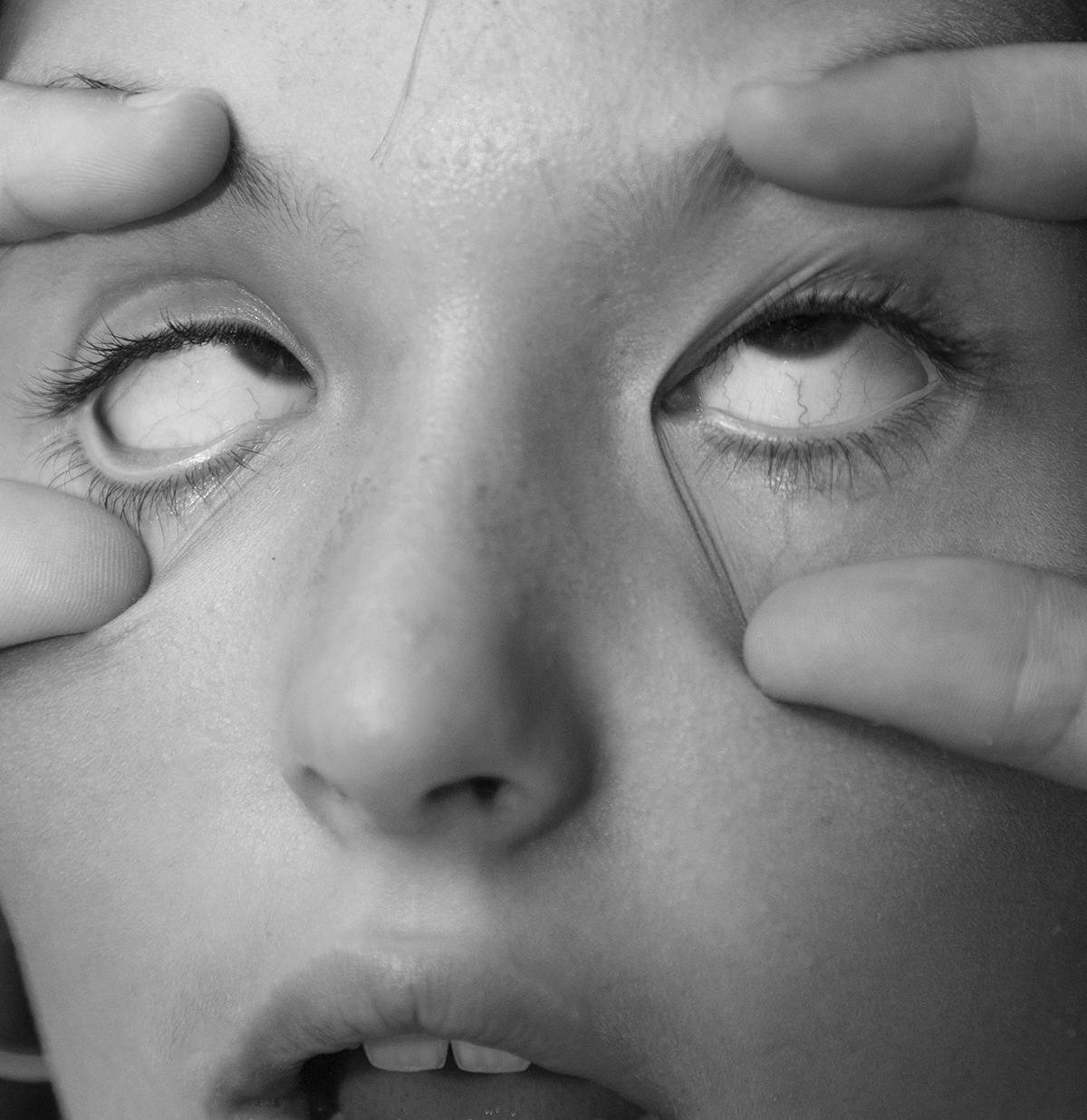
“My work is strongly influenced by the experiences of my grandmother, who was physically and verbally abused, which consequently had repercussions on my entire family”
But in spite of the complex and sometimes painful subject matter, New Moons offers a message of hope. The title’s plural nods to the many ways in which womanhood can be experienced, encouraging solidarity across communities. The lunar phase from which the project takes its name also symbolises the closing of one cycle and the beginning of another, suggesting a new state of being for all. Marino hopes that the series can help people begin this new cycle, to find the courage to dismantle oppressive structures, and the strength to replace them with an egalitarian future. She describes the work as an incitement to social education, a medium through which she encourages viewers to learn more about the impact of male hegemony on women. Finally, she says, it is a reminder that in order to successfully fight against gender discrimination, all women must be united.
“New Moons is my beacon of light for anyone who has felt the weight of oppression,” Marino says. “It does not want to be a dormant hope, but expresses a certainty of redemption that occurs through the awakening of societal consciences on women’s conditions.”

